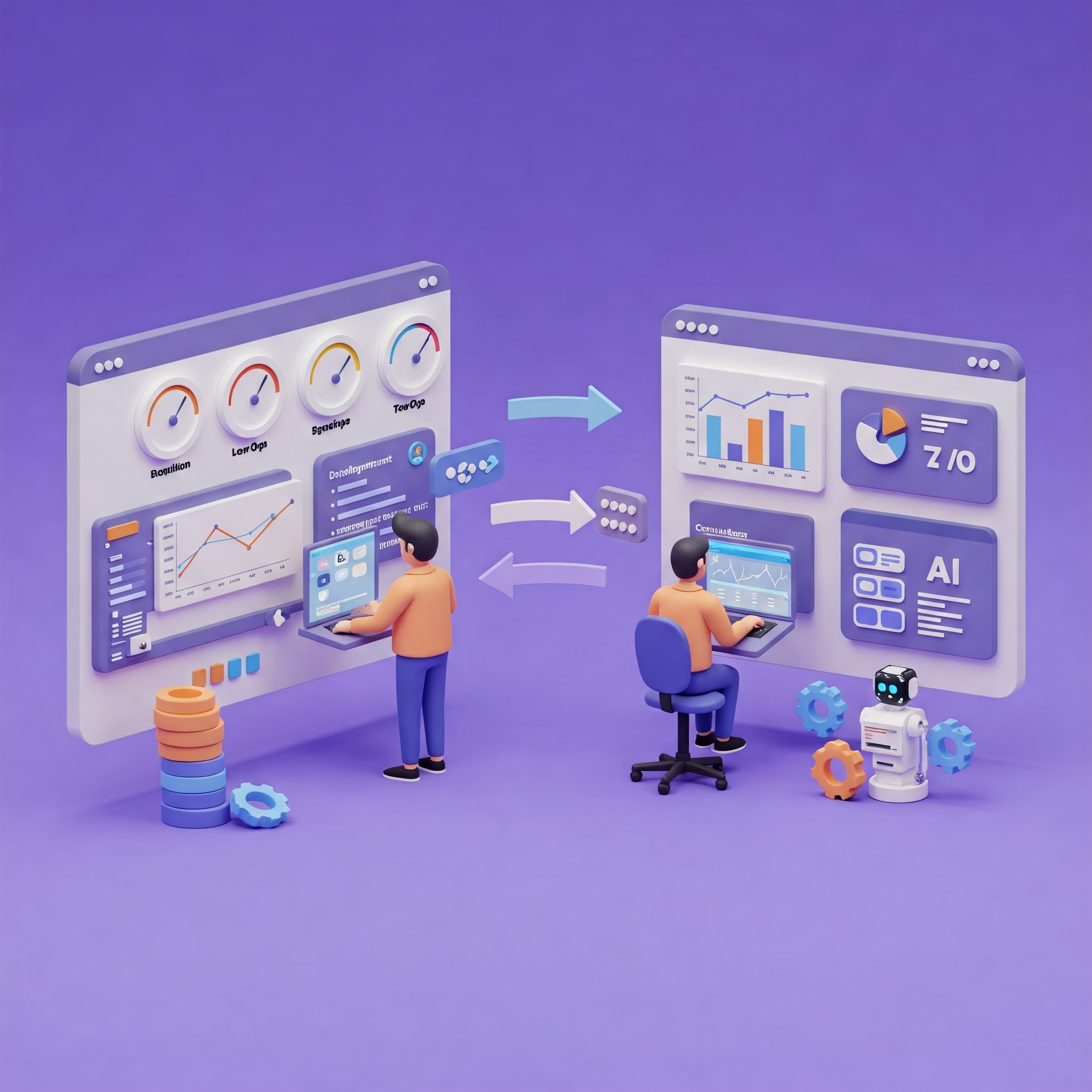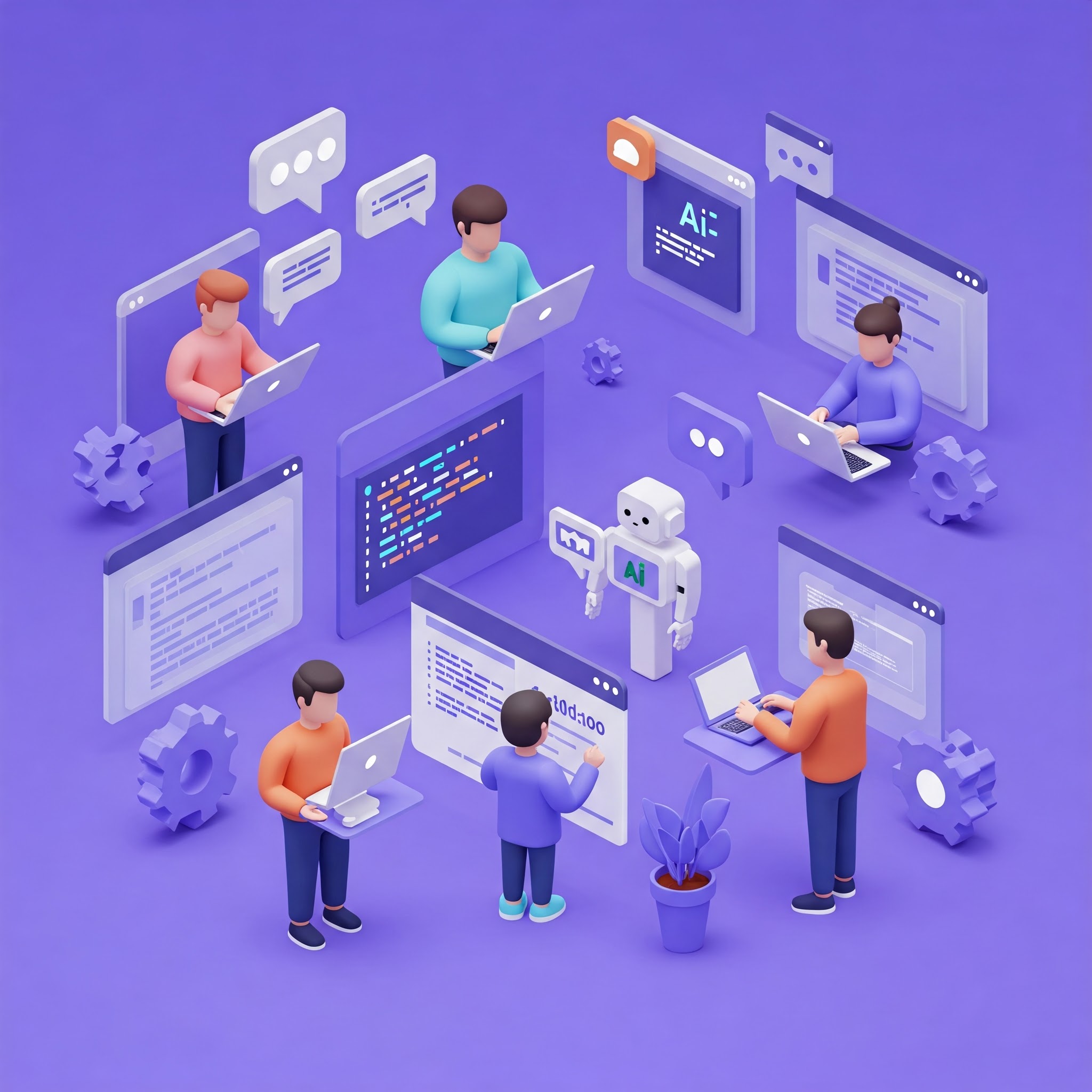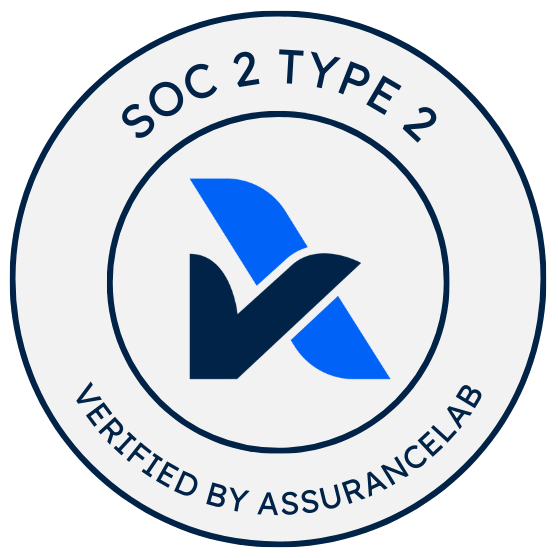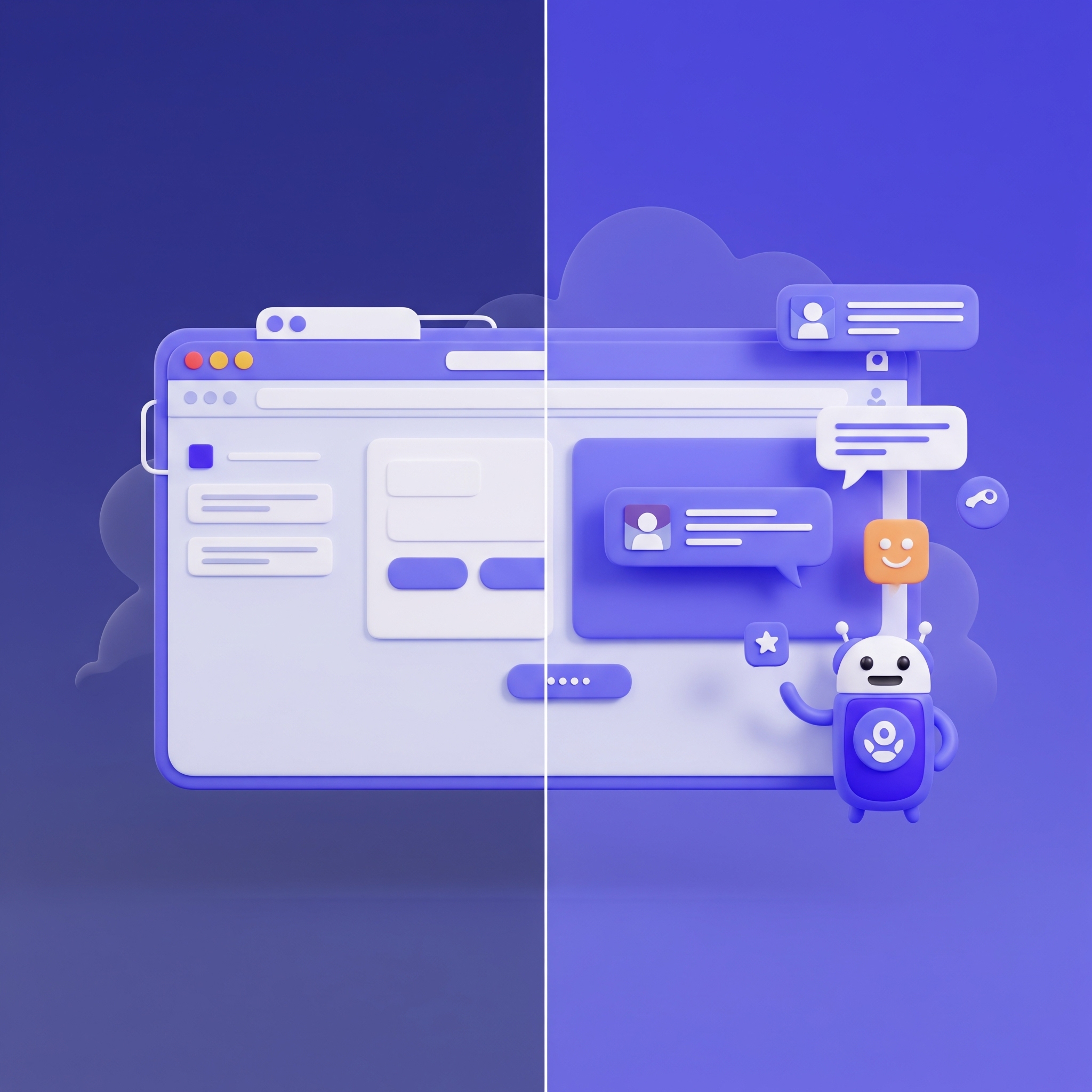
The Developer's Dilemma: Accountability in an AI-Assisted World
As AI agents become standard in software development, developers face new questions about code ownership and accountability. Discover how to maintain intentionality while benefiting from AI assistance.
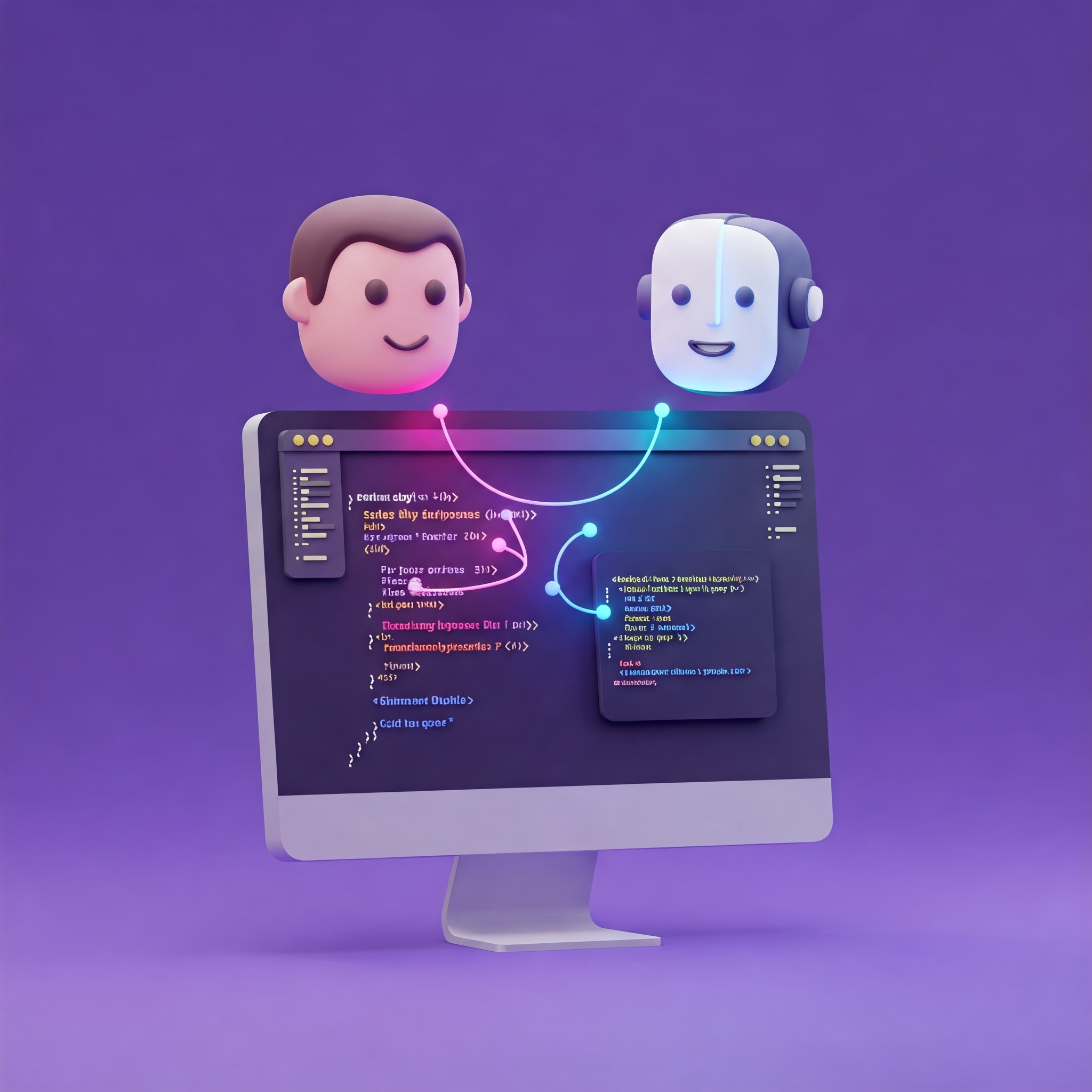
Over the last two years, agent-powered development has moved from novelty to normal. GitHub now opens with a chat window, CI/CD pipelines routinely trigger LLM-based refactoring bots, and junior engineers learn to prompt before they learn to use grep.
That shift forces every developer to ask two difficult questions:
When should I let the agent drive, and how much ownership do I still carry over code the agent writes?
Both questions reach beyond tooling into the deeper issues of authorship and accountability, and they loom especially large in open-source work where maintainers must know who wrote what and why.
A Continuum of Agency 🔄
Instead of a binary split between “human-written” and “AI-written” code, imagine a spectrum defined by intentionality. Any real codebase blends boilerplate and convention with moments of genuine novelty. Ownership lives inside those intentional choices, whether they are two crucial lines in a ten-line patch or a careful architectural refactor. The more deliberate thought you invest, through a detailed prompt, a rigorous review, or a manual rewrite, the more the resulting code belongs to you.
Conversely, vague prompts yield vague code that is perilous to ship uninspected. A simple rule works well: If you would not sign the commit message yourself, refine the prompt or rewrite the output until you will. We can then say that what determines ownership was the person’s intentionality and care, whether this takes the form of a good prompt or in the form of a few well written lines.
Once an agent begins generating significant portions of a project, the developer’s role shifts from individual contributor to team lead. Prompts function as living design documents, standards and tests remain the primary guardians of quality, and each run of the agent becomes a coaching session: the developer clarifies expectations, the agent produces output, the developer corrects errors, and the improved guidance feeds back into the next prompt. Open-source maintainers already operate in this mode, balancing many external contributors; adding a synthetic teammate magnifies an existing discipline.
Ownership in Action 👩💻 🤖
Teams still progress through the familiar stages of ideation, prototyping, implementation, review, and maintenance, yet the labor divides differently. In ideation, humans frame the problem while the agent surfaces prior art and alternative designs. During prototyping, the agent builds scaffolding and sample data so people can judge feasibility quickly. Implementation becomes a collaborative activity: humans own the security-critical paths and domain logic, whereas the agent fills in glue code and proposes refactors. 🔨 Review remains a human responsibility, though the agent can silence lint warnings and highlight gaps in test coverage. Finally, during maintenance, engineers monitor production metrics and plan technical-debt reduction while the agent drafts migration scripts or summarizes error logs. The pipeline itself remains unchanged; only the allocation of effort evolves.
Used well, agents return the resource developers chronically lack: time. Reclaimed hours can fuel deeper architectural discussions, more thoughtful mentorship, and bolder product experiments. None of these activities can be outsourced to a language model, yet all are empowered by the mundane toil an agent removes.
Allowing an LLM to generate portions of a codebase does not dilute responsibility. Instead, the developer becomes conductor of a person-machine ensemble. Measure ownership by the clarity of intent, supply explicit context and guardrails, review agent output with the same rigor applied to human patches, and sign every merge as if each character were typed by hand. Follow this discipline to enjoy the creative dividend of automation without compromising accountability or craft. Ignore it, and technical, ethical, and reputational defects will still carry your name.
